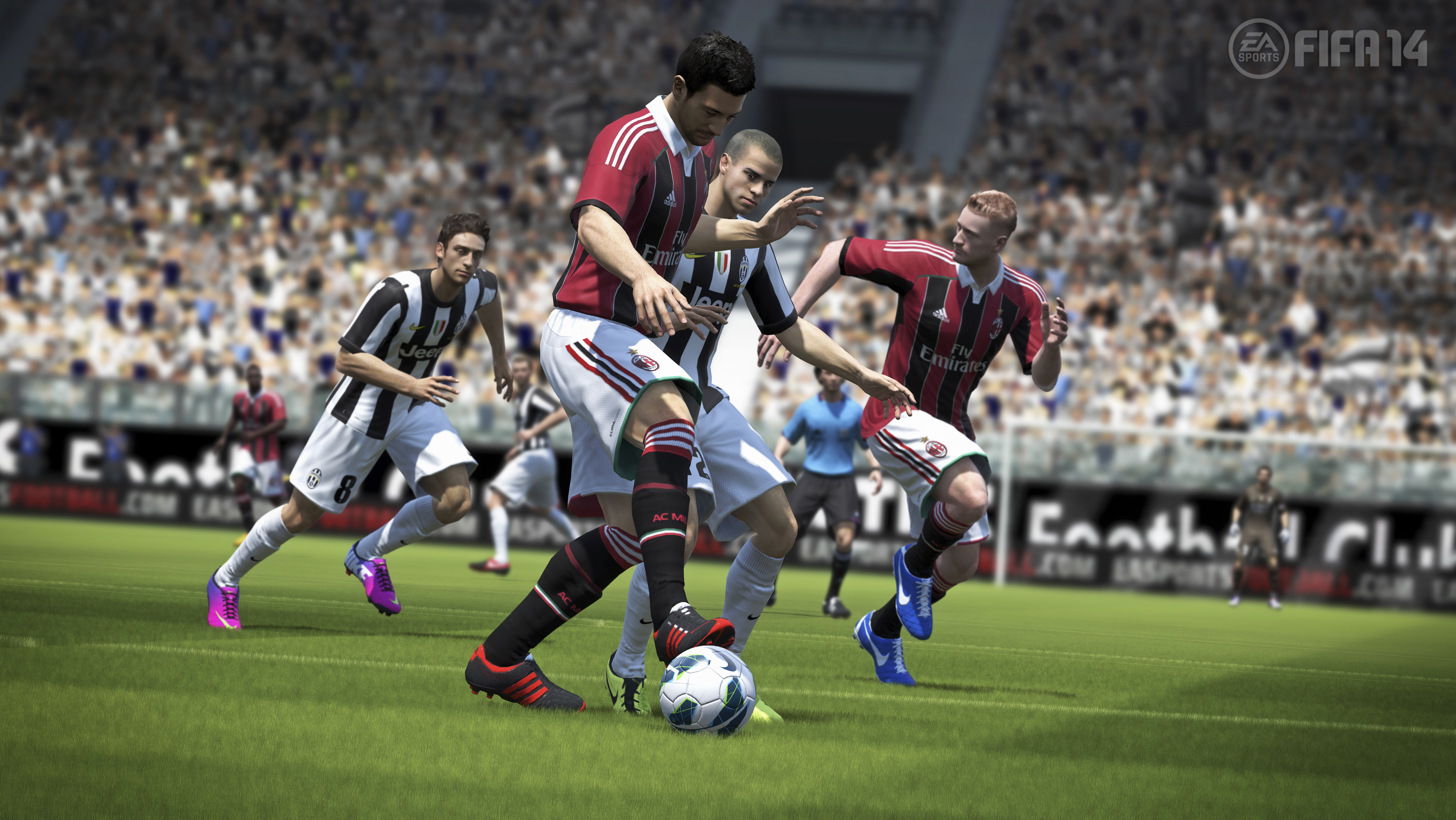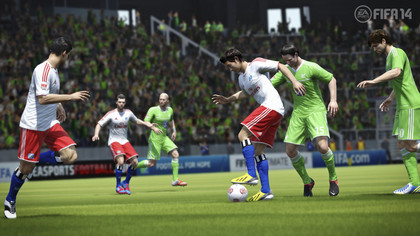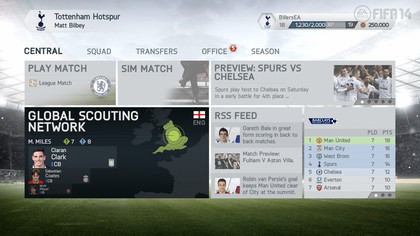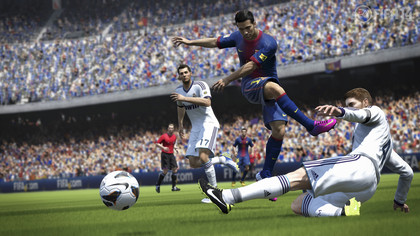Why FIFA 14's small changes take months of balancing
EA Sports' Sebastian Enrique talks about the big changes

With FIFA 14 already well down its development path, TechRadar caught up with producer Sebastian Enrique to talk about just how hard it is to change such a familiar title without ruining the game play for the legions of fans.
FIFA 13 was a huge hit for EA Sports, but the company is ringing in the changes for its successor, and Enrique was keen to explain to TechRadar just how much work goes into keeping everyone happy.
TR: It strikes us that even the most minor of changes can have a huge knock on effect...
SE: That's exactly what happens. The most minimal change - like saying the players will position this way - completely changes the balance of the gameplay.
It's really hard balancing gameplay out, so what we do is we spend around a third of the development stage doing what we call 'funning' or making the game fun to play.
So we know what we want to do and have an idea of how it will play, but it really starts to come together in final third of development.
When we start doing the new features we put them in and say 'this is going in for now', but we might take it out, or see how it is affecting things and start tuning.
Get daily insight, inspiration and deals in your inbox
Sign up for breaking news, reviews, opinion, top tech deals, and more.

TR: The changes in FIFA 14 seem to be aimed at de-emphasising the pace that dominates in Fifa 13. Is that the case?
SE: What I think is, that in FIFA 13 the dynamics of the game made people feel the game was too fast because of a whole lot of different things including marking not being as tight. So the predominant tactic was becoming sprinting all the time.
But we don't want to provide that to consumers; what we want is a fair opportunity for other types of play - to give an opportunity to build out players the way you want.
So if you want to play a sprinting game then you can do that, but you have to accept that it comes with risks. We aim to make you ask [if you] want to continue doing that or should you be more protective of the ball and play more of a possession game. It was an opportunity to make it fairer on the possession game.
I don't believe it's going to make players more useful than others, you'll need to have skills as a user to start learning what your players are more effective at. You are not going to be making Claude Puyol do the things that Lionel Messi does!
Although people will choose to play with strong players in the game - maybe choosing Galatasary just because of Didier Drogba - we'll balance it out so that it's fair.
TR: We're big fans of career mode - is it still a priority for EA Sports given things like FIFA Ultimate Team?
SE: People are very passionate about career mode; it's one of most important game modes and pretty much the default offline game. We keep [working] on it because we know this.

I'm a fan and I like playing it, but let's put things in a different perspective; Our priority is gameplay all the time, but that doesn't mean that we aren't putting time and effort into other places - with career mode in FIFA 14 we'll have a new UI and a new global scouting network.

TR: Shielding the ball is going to be a key new mechanic in FIFA 14; how difficult is it proving to make it work?
SE: The tuning is very difficult and the protection mechanic brings a lot of new animations.
When we had shielding on FIFA 13 it didn't look great because we used an animation that didn't really fit the situation and it was hard to trigger.
When we worked on protection in FIFA 14 we wanted it to work in any direction you are moving in and at any velocity. We needed to add a lot of animations - and with that comes a lot of tuning for the contact [with other players and the ball]. It's a lot of work but we'll get there.

TR: Another addition is more accurate ball drag [essentially the change of speed and direction of the ball in flight], what's the process in deciding that it is wrong and then going about fixing things?
SE: We have a lot of smart people and when we decide something is not working or not feeling right, we say 'OK, let's analyse it'. We start comparing real life to what we have in game and patterns and behaviours appear.
In the case of the ball we didn't have that movement of the balls that we see in real life. The ball has changed a lot in four or five years, the material changed, the stitching changed and that changed the behaviour of the ball. That gives you the lead to analyse how balls behave in real life and compare with the game which is when we realised it was wrong.
TR: So any chance we'll be able to use a 1966 World Cup ball and see how differently it behaves?
SE: There are tons of things we think of. We'll see.
Still here? How about checking out our in-depth look at FIFA 14? Or, how real player faces are scanned into the game...
Patrick Goss is the ex-Editor in Chief of TechRadar. Patrick was a passionate and experienced journalist, and he has been lucky enough to work on some of the finest online properties on the planet, building audiences everywhere and establishing himself at the forefront of digital content. After a long stint as the boss at TechRadar, Patrick has now moved on to a role with Apple, where he is the Managing Editor for the App Store in the UK.
